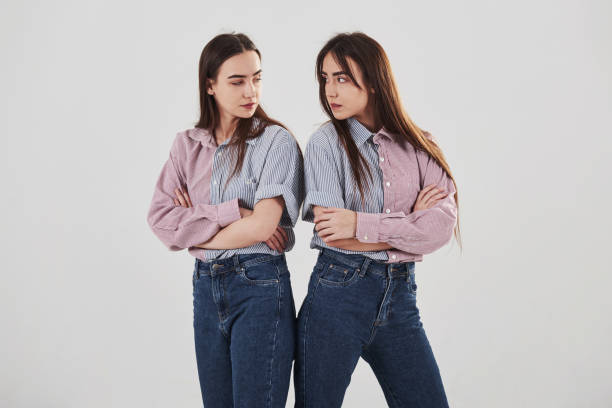The fashion industry is in a constant state of evolution, with trends shifting as quickly as the seasons. However, a new trend has emerged that is more than just a fleeting fad – sustainable fashion. This movement towards eco-friendly practices and ethical manufacturing processes is redefining the world of fashion, making it not only about style but also about substance.
Sustainable fashion refers to garments designed, produced and used in ways that are environmentally friendly and socially responsible. It considers every aspect of the supply chain: from sourcing raw materials to designing, manufacturing, packaging, transportation and disposal. The goal is to reduce negative impacts on the environment while improving conditions for workers involved in garment production.
A growing number of brands are embracing this approach as consumers become increasingly conscious about their shopping habits’ impact on the planet. Brands like Everlane, Patagonia and Reformation have built their business models around sustainability principles. They prioritize transparency by sharing information about their supply chains and production processes with consumers.
These brands use organic or recycled materials whenever possible; they minimize waste by producing only what they anticipate selling; they ensure fair wages for workers; they offset carbon emissions from shipping; and they encourage customers to recycle or donate items when they’re no longer needed.
Moreover, these sustainable brands are proving that eco-friendly fashion can be affordable too. Traditionally seen as expensive due to higher costs associated with ethical labor practices and quality materials – many sustainable brands are finding innovative ways to keep prices competitive without compromising on values.
For instance, Everlane’s “transparent pricing” model breaks down exactly how much each part of their production process costs – including materials, labor, duties and transport– allowing consumers to see why products are priced as they are. This level of transparency not only educates customers but also builds trust between them and the brand.
In addition to affordable sustainable brands emerging onto the scene there has been an increase in second-hand shopping platforms such as Depop and Poshmark. These platforms provide an affordable, sustainable alternative to fast fashion by allowing consumers to buy pre-loved items at a fraction of their original cost.
Furthermore, the rise of rental services like Rent the Runway and Le Tote are offering another alternative for fashion-conscious consumers who want to keep up with trends without contributing to fast fashion waste.
In conclusion, the future of fashion is here – it’s sustainable, ethical and affordable. As more brands embrace these principles and as consumers continue demanding transparency and responsibility from their favorite labels – we can expect this trend towards sustainability in fashion only to strengthen over time. The redefinition of fashion is not just about style anymore; it’s about making choices that benefit our planet and its people too.

